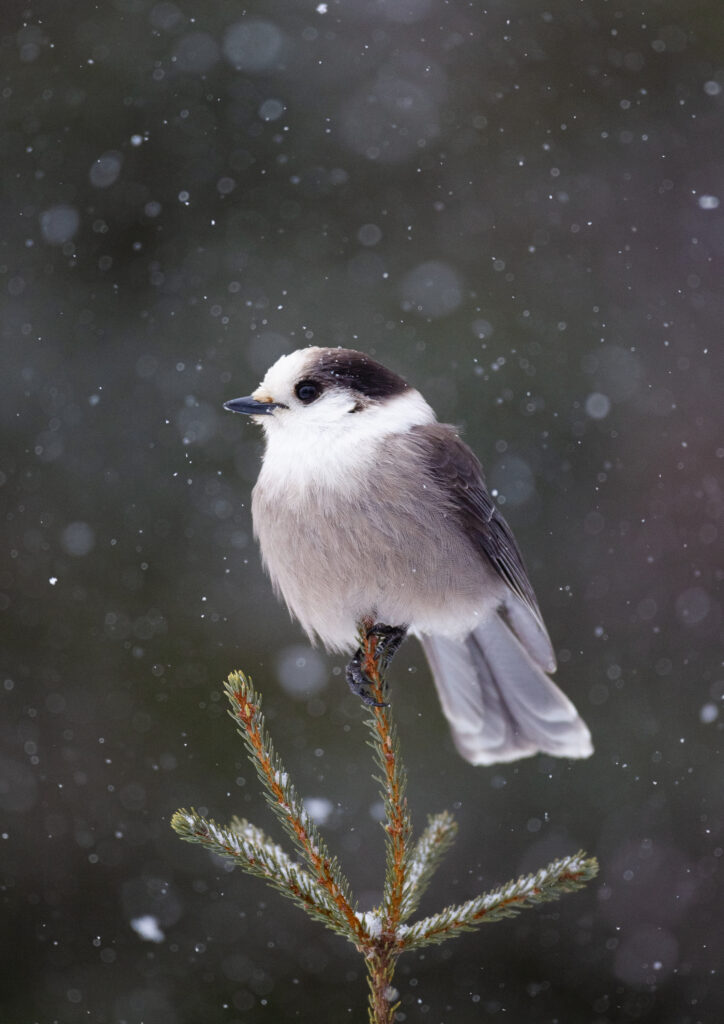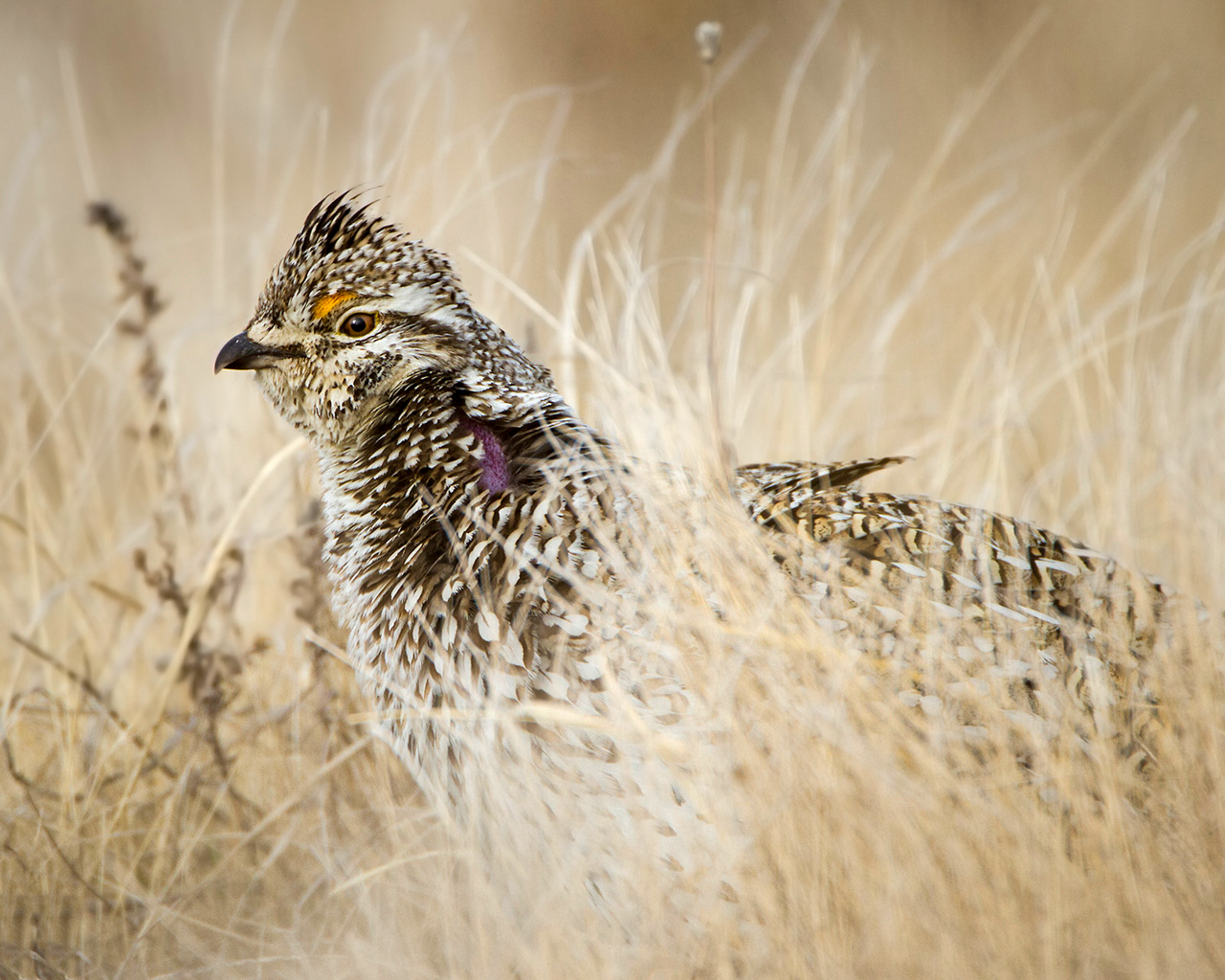I didn’t hit my 300 species goal in October, but I’m very excited that I’m only one species short as I start November! I was able to add four new species to my list. As the year proceeds, adding species to my list gets harder because the options I may see are smaller, and many birds are migrating. This means they’ve left the state for the remainder of the year, or they’re actively moving, making it difficult to predict where they’ll be the following day.
I’ve been working on chasing target species that I still need for my list. The hardest part about that is that I can’t change locations once the day has started. I have until 6 a.m of the current day to pick a hotspot, but if something good is moving, it’s hard to predict where it might be seen the following day.
The most exciting part of October is that I could finally check Sharp-tailed Grouse. I’ve been trying to check off this species for over a month, but I just kept missing them. The funniest part about that, to me, is that this is a species I’ve seen several times in real life. I finally decided to stake out a common spot for Sharp-tailed Grouse until I was able to see one. It took almost an entire week, but I was finally able to check them off my Big Year list!
As migration finishes up and it gets colder, I’m not sure how easy it will be to check any remaining species off my list. I’m looking forward to what November has in store. Hopefully, I can reach my 300 species goal!
Featured photo: Sharp-tailed Grouse. Photo by J. Arthur Anderson | APA
Species Highlight:
Canada Jay

I added Canada Jay on Oct. 16 in the Western Upper Peninsula. This species lives in northern forests year-round and can only be found in Michigan in the UP. Originally known as the Canada Jay, this species was then called the Gray Jay before reverting to its original name in 2018.
Photo: Canada Jay by Kyle Dudgeon | APA
Biggest Day
My biggest day this month was Oct. 9 at Lake Erie Metropark. I was able to see 83 species, but unfortunately, none of them were new additions to my list. The 83 species seen that day covered a wide variety of species, including waterbirds, raptors, woodpeckers, and songbirds. Lake Erie Metropark is part of the Huron-Clinton Metroparks and offers a variety of activities throughout the year. Lake Erie Metropark is also the location for the Detroit River Hawk Watch, an especially great place to see fall hawk migration.
You Can Help My Virtual Big Year!
I’m always up for suggestions on places to go on certain days, especially if people are going out birding. I don’t get to add any species if no one is reporting to eBird in the location I pick on that given day. You can email me your birding plans at [email protected].
Hotspot Highlight
This month I’d like to highlight Corey Marsh Ecological Research Center. Part of Michigan State University, Corey Marsh Ecological Research Center (CMERS) is 400 acres used for scientific research in natural resource restoration and management. CMERS is also one of two locations that make up the Michigan State Bird Observatory. Trails are available to visitors, and a list of rules for visiting can be found on their website. CMERC is located in Laingsburg, Mich.

Lindsay Cain is Michigan Audubon’s education coordinator. If you are interested in learning more about our events, workshops, presentations, or event sponsorship opportunities, please contact Lindsay at 517.580.7364 or [email protected].
You can follow Lindsay’s virtual big year journey through her monthly blog posts or start your Fantasy Birding adventure and look for her on the scoreboards. You can find her under the username “lcain” with a Turkey Vulture as her avatar.

